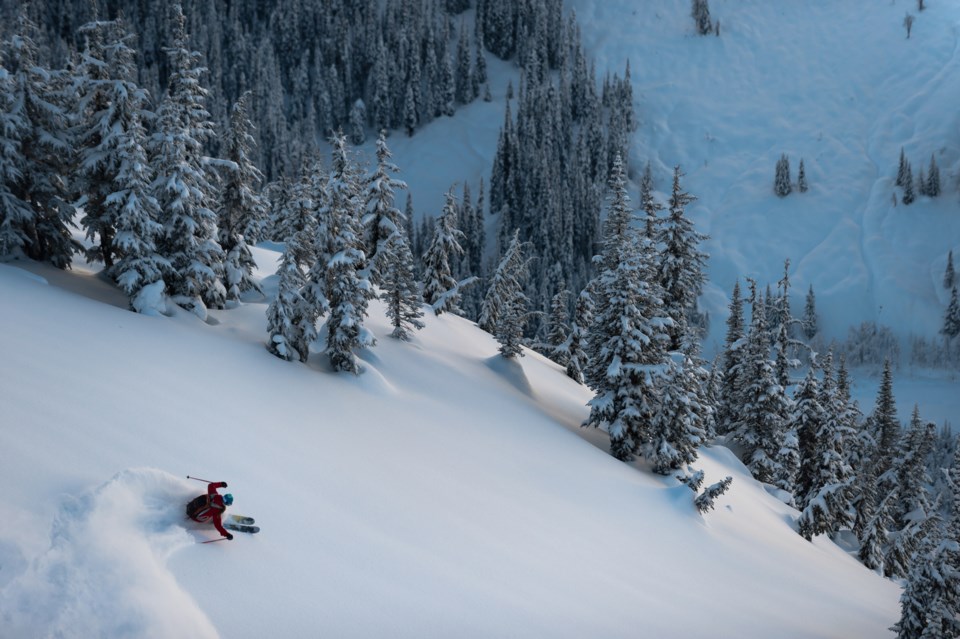A mixed bag of avalanche conditions is possible this weekend, which is typical of unsettled spring weather. On Thursday, a major warming event will see freezing levels climb well into the alpine, while snow is expected on Friday. This new snow will bury a widespread melt-freeze crust that may have a weak bond for a day or two after the storm. The primary avalanche problems are expected to be wind slabs on shaded aspects in the alpine and at treeline, and wet, loose problems on solar aspects during periods of strong sun exposure. Cornices may also weaken during the heat of the afternoon.
It’s important to note that avalanche conditions fluctuate throughout the day during spring, with the hazard often being substantially different between the morning and afternoon. Our forecasts are based on the highest expected hazard for the day, which is most often in the late-afternoon during periods of warming or strong sun.
The other challenge with spring forecasting is we begin to see a major decrease in our sources of professional snowpack and avalanche information, which decreases the confidence in the bulletins. The result is that much of the emphasis in interpreting the localized avalanche danger falls directly onto the backcountry user.
It will be important to continually assess changes in conditions as you move through different elevations and aspects throughout the day. When you check the daily forecast, take a look at the confidence statement on the details tab to see where the biggest uncertainties lie. You can use this to guide your own hazard assessments while you travel through the mountains.




